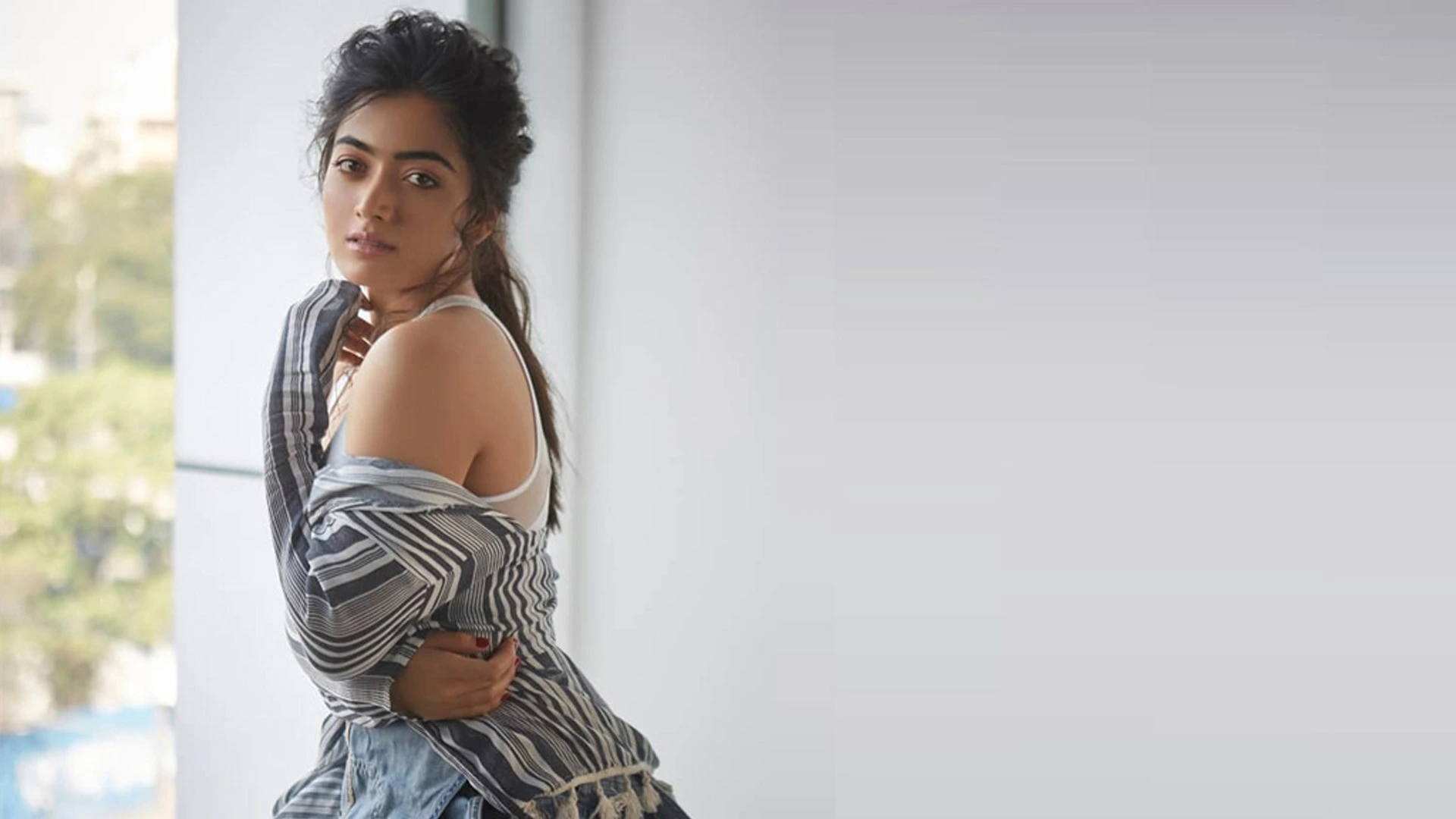What is a deep fake video and how can you spot one?
In a recent development, well-known actress Rashmika Mandanna has become embroiled in a controversy related to a deepfake video, causing a significant stir on social media. The video, which has gained widespread attention, portrays a woman entering an elevator, but her face has been digitally manipulated to resemble Rashmika Mandanna. This incident has triggered widespread alarm and calls for legal action. Renowned Bollywood icon and her co-star from the movie “Goodbye,” Amitabh Bachchan, has expressed his concerns about the rising trend of deepfakes and has strongly advocated for legal action.
A deepfake video is a manipulated video that merges “deep learning” and “fake” to depict someone in a video who was not originally present. Typically, this involves the substitution of a public figure’s face into an existing video in a manner that convincingly mimics authenticity. Deepfakes rely on artificial intelligence techniques, particularly deep learning, to create these deceptive videos. The proliferation of AI tools, some of which are freely accessible, has exacerbated the issue of forged photos, videos, and audio recordings.
Detecting a deepfake video involves several key indicators:
- Unnatural Eye Movements: Observe for unnatural eye movements, such as the absence of blinking or irregular eye motions.
- Color and Lighting Discrepancies: Pay attention to disparities in color and lighting between the replaced face and the background.
- Audio Quality: Evaluate whether the audio quality matches the lip movements in the video.
- Visual Inconsistencies: Scrutinize visual anomalies, including unusual body shape, artificial facial expressions, misplaced facial features, or awkward posture.
- Reverse Image Search: Conduct a reverse image search on the video or the individual depicted to verify their authenticity.
- Video Metadata: Inspect the video’s metadata to determine if it has been altered or edited.
- Deepfake Detection Tools: Utilize deepfake detection tools available online or through browser extensions that can flag suspicious content.
Various technologies are being developed to combat the deepfake problem:
- AI-Based Detection: Numerous tools employ AI algorithms to identify tampering in videos. For example, Microsoft has created a tool that assesses photos and videos, providing a confidence score regarding their authenticity, based on a public dataset like Face Forensics++ and testing through the Deepfake Detection Challenge Dataset.
- Browser Plugins: The AI Foundation has introduced a browser plugin called “Reality Defender” to identify deepfake content online, and similar functions are performed by plugins like “SurfSafe.”
- Startups: Several startups are pioneering innovative solutions to combat fake content. OARO offers tools for authenticating and verifying digital identity, compliance, and media. Sentinel is addressing issues related to information warfare.
- Unfakeable Records: OARO Media establishes an immutable data trail to enable businesses, authorities, and individuals to authenticate any photo or video.
The Rashmika Mandanna deepfake controversy underscores the pressing need for legal and regulatory measures to counter the spread of such deceptive content. While many of the technologies mentioned above are rapidly advancing, they may not yet be readily available on a broad scale or achieve 100% accuracy. The responsibility for detecting and sharing such videos still largely rests with the user.

